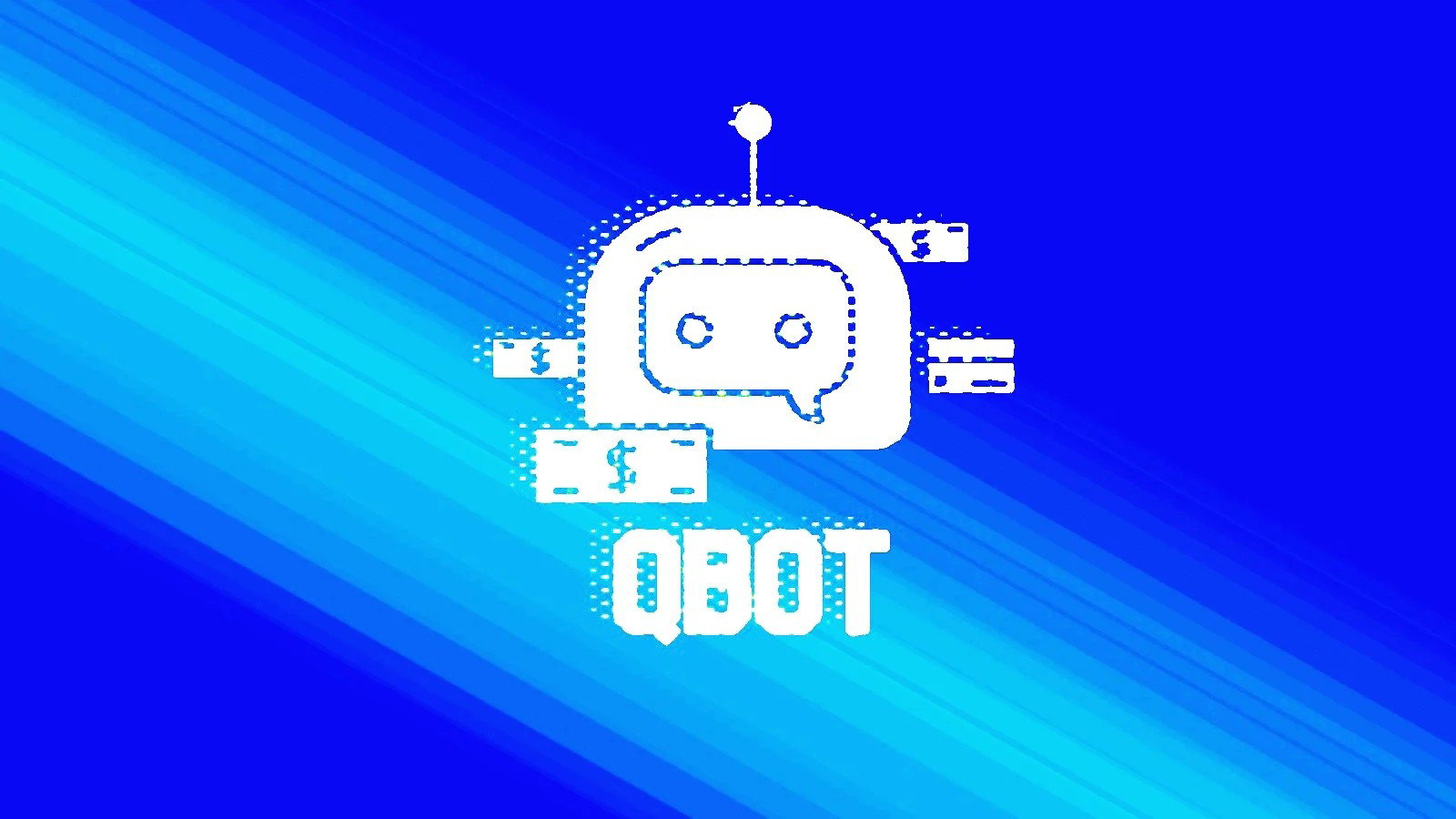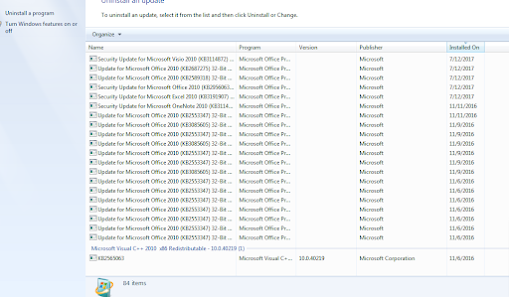Windows search is not working properly.
This PowerShell script resets the Windows Search feature and closes the PowerShell window when the "Done" message appears. If you receive an error message stating that running scripts is disabled on your system, enter the command Get-ExecutionPolicy and press Enter. The current policy, such as Restricted, should be noted for future use. After the policy change is completed, close the PowerShell window and repeat steps 2–4. When the "Done" message appears, press any key to continue. To revert to your previous PowerShell execution policy setting, enter the command Set-ExecutionPolicy -Scope CurrentUser -ExecutionPolicy and press Enter. Return to your previous policy setting by pressing the Spacebar, enter the policy value you noted in step 5, and press Enter. This will allow the script to make changes to your device. Remember to press Y and Enter to accept the change and revert to your previous policy setting. Close the PowerShell window when you're done. DOWNLOA...

